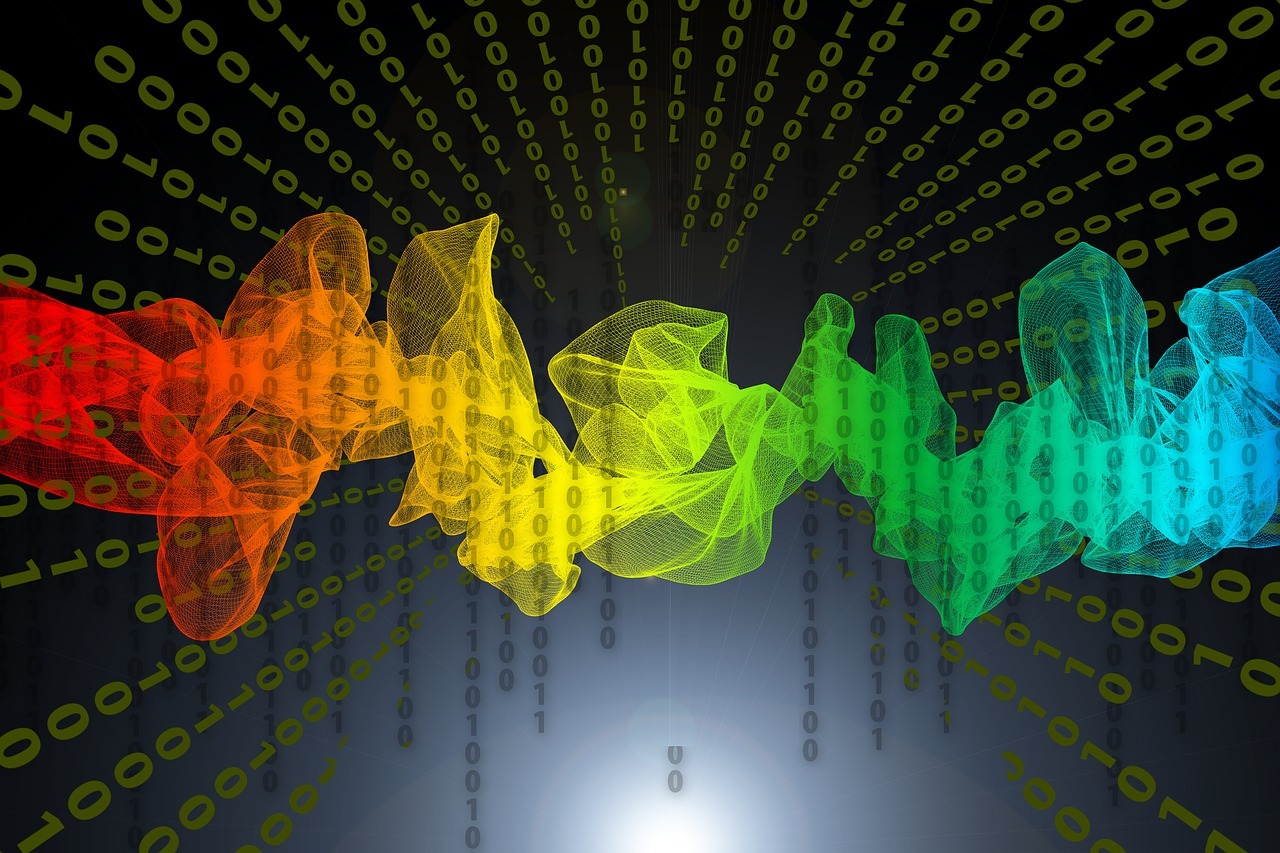


Data-driven software development is an emerging software development methodology that promotes the use of data for engineering analysis, code refactoring and automated decision-making.
According to Satya Nadella , CEO and new chairman of Microsoft, “In the past, when you thought about software (development), you thought about the people writing the code. In software 2.0, you teach the software to learn from the data.” Nadella was talking about moving to a data-driven approach to software development.
Data-driven software development is not a new concept, but it has found new applications thanks to advances in artificial intelligence and the Internet of Things. For example, the popularity of Python has increased dramatically because of its integration with data science and artificial intelligence.
Because data-driven development is better aligned with business operations than traditional approaches to software development, this method is sure to become even more common as companies seek to build scalable systems .
Data-driven software is central to modern software development. Companies like Google, Amazon, and Facebook have built their success on a data-driven culture. They conduct tens of thousands of experiments every day using data to make better-informed decisions about everything, including product design, hiring algorithms and customer service.
Data science is transforming the way businesses operate by providing more accurate and actionable information about customers and products. It has also radically changed the way software engineers work, allowing them to create products that are more responsive to customer needs.